 Abandoned by a cackle of laughing hyenas, Michael Sussman endured the drudgery and hardships of a Moldavian orphanage until fleeing with a traveling circus at the age of twelve. A promising career as a trapeze artist was cut short by a concussion that rendered him lame and mute. Sussman wandered the world, getting by on such odd jobs as pet-food tester, cheese sculptor, human scarecrow, and professional mourner while teaching himself the art of fiction. He now lives in Tahiti with Gauguin, an African Grey parrot.
Abandoned by a cackle of laughing hyenas, Michael Sussman endured the drudgery and hardships of a Moldavian orphanage until fleeing with a traveling circus at the age of twelve. A promising career as a trapeze artist was cut short by a concussion that rendered him lame and mute. Sussman wandered the world, getting by on such odd jobs as pet-food tester, cheese sculptor, human scarecrow, and professional mourner while teaching himself the art of fiction. He now lives in Tahiti with Gauguin, an African Grey parrot.
Tell us about your book.
When a strange title for a novel hijacks his mind, Muldoon traverses identities, planes of reality, and the dark recesses of his psyche in an effort to grasp the enigmatic Incognolio. Is he writing a story in which his stillborn twin sister has come to life, or is he the one who died at birth and it’s his sister who’s writing the novel? Guided only by the whims and dictates of his subconscious mind, Muldoon must finally face his demons and write his way to freedom or succumb to madness. I call Incognolio a psychological thriller, however it also contains elements of mystery, science fiction, and fantasy. More importantly, it’s a page-turner!
In 2009, the word incognolio popped into my mind. It sounded like a story title. For four years, every idea I tried went nowhere. Then it occurred to me to proceed without any plan at all, starting simply with a protagonist who writes a novel based only upon a title. giving his subconscious mind free rein. I wrote the first draft as stream-of-consciousness, each chapter a single sentence, without paragraph breaks, censoring nothing. Over the course of several years, with the help of freelance editors, I reworked the material into a much more coherent and accessible form, although I think it retains much of the intensity and outlandishness of the original draft. The result is a novel that’s both funny and disturbing, delving into themes and situations that I could never have predicted.
Why did you want to write a book?
On one level, I write fiction because it’s fun and challenging and can be financially profitable. On another, I want to provide readers with imaginative, funny, thought-provoking, emotionally resonating books. And on a deeper level, like most artists, I feel compelled to explore my psyche and express my deepest thoughts, feelings, fears, and wishes.
 What tools or companies did you use, and what experience did you have?
What tools or companies did you use, and what experience did you have?
In revising the manuscript, I worked with two fabulous freelance editors, Karl Monger and Sione Aeschliman. David Wogahn of AuthorImprints did an excellent job designing the book’s interior and helping me to launch the paperback and ebook. The book cover was largely my design, but it was beautifully executed by the graphic designer, Juan Padrón.
How do you deal with writer’s block?
Other than perhaps Stephen King and Joyce Carol Oates, I imagine that every writer feels blocked at some point. It may last for a day or two or for weeks at a time, and is terribly frustrating. I’ve come to believe that writer’s block is a sign from your subconscious mind that you’re writing about the wrong thing. You’ll stay blocked until you get in touch with what you really need to explore and express.
Who are your biggest writing inspirations and why?
Regarding the structure of Incognolio, my two main models were Mark Twain’s Huckleberry Finn and Lewis Carroll’s Adventures of Alice in Wonderland. Regarding the style and content of my novel, my greatest influences include Italo Calvino, Jorge Luis Borges, Vladimir Nabokov, Paul Auster, Haruki Murakami, Kurt Vonnegut, Kelly Link, Tom Robbins, Aimee Bender, George Saunders, and Christopher Moore. I find inspiration in these authors’ creativity, originality, inventiveness, black humor, absurdity, profundity, emotional honesty, fearlessness, and how they consistently break the mold.
What books have influenced your life the most?
As a child, the Dr. Seuss books, Winnie the Pooh, Wind in the Willows, A Wrinkle in Time, and Alice’s Adventures in Wonderland. As a teen, Huckleberry Finn, The Picture of Dorian Gray, Lord of the Flies, Steinbeck’s novels, Salinger’s Nine Short Stories, Martian Chronicles, Brave New World, and 1984. As an adult, the writings of Dostoevsky, Borges, Nabokov, Virginia Woolf, Tom Robbins, Ann Patchett, George Saunders, and Lewis Carroll.
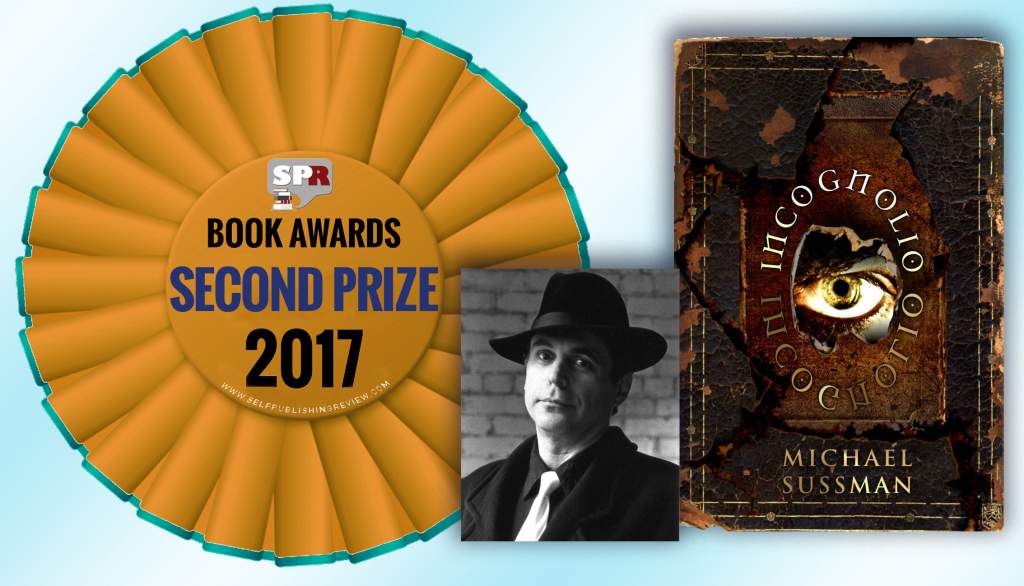
What are your favorite movies which were based on a book?
“To Kill a Mockingbird,” “Breakfast at Tiffany’s,” “A Clockwork Orange,” “The Color Purple,” “Stand by Me,” “Misery,” “Sophie’s Choice,” “One Flew Over the Cuckoo’s Nest,” and “The Shining.”
What was the hardest part of writing this book?
Committing myself to radical openness: accepting whatever emerged from the depths of my psyche. At first, this was exhilarating, freeing up my imagination. But over time, the process took on a darker cast as I was compelled to explore disturbing themes and parts of myself that I typically repress.
What did you learn on your journey as an author?
I have learned to write by giving free rein to my subconscious mind. This is not to denigrate the conscious mind. It’s a critical component of the writing process, especially once you’ve completed a first draft and begun reworking and polishing your manuscript. But I have found that when it comes to generating that first draft, it pays to let your conscious mind take a backseat and grant the subterranean realms of your mind full sway. Rather than write what you know, as beginning writers are so often advised, by tapping into your subconscious mind you can write what you need to know.
What’s next for you as an author?
I am working on a sequel to my children’s picture book – “Duckworth, the Difficult Child” – which will be published in 2019 by Atheneum Books for Young Readers. I’m also writing a comic sci-fi Middle Grade novel.
Book Links
Get an Editorial Review | Get Amazon Sales & Reviews | Get Edited | Get Beta Readers | Enter the SPR Book Awards | Other Marketing Services







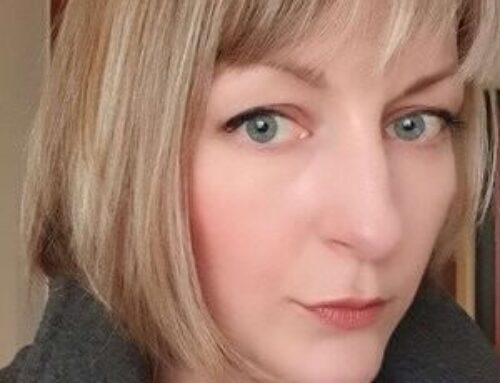



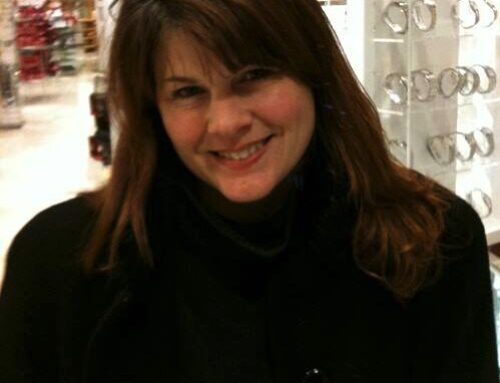

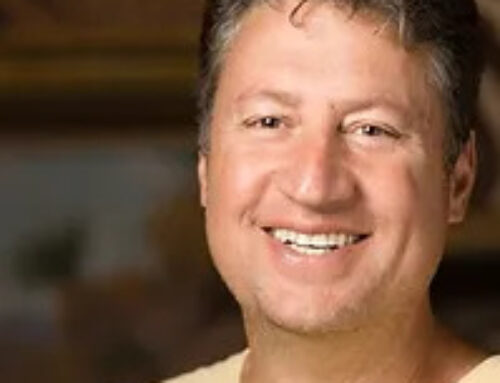



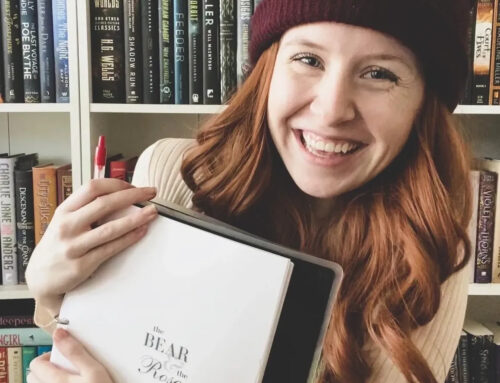




Leave A Comment